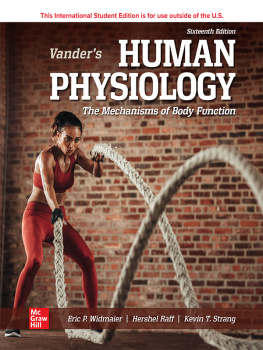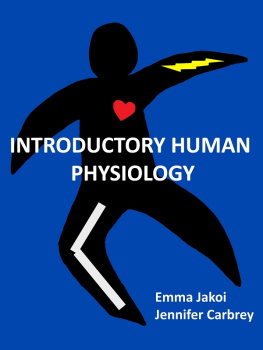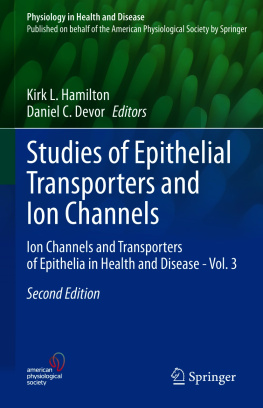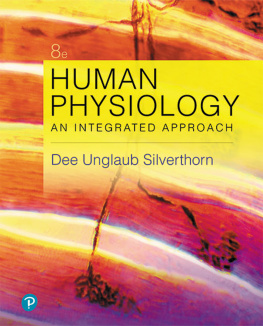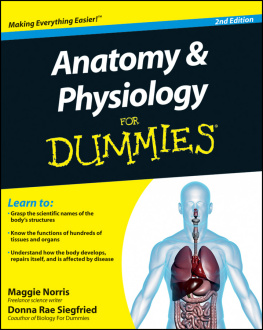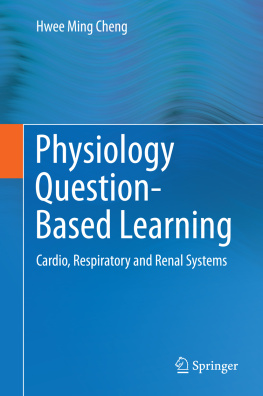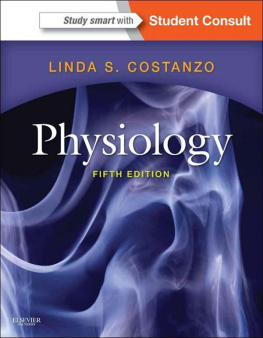Contents
Landmarks
Cover Page

Page i
SIXTEENTH EDITION
VANDERS Human Physiology
The Mechanisms of Body Function
ERIC P. WIDMAIER
BOSTON UNIVERSITY
HERSHEL RAFF
MEDICAL COLLEGE OF WISCONSIN AURORA ST. LUKES MEDICAL CENTER/ ADVOCATE AURORA RESEARCH INSTITUTE
KEVIN T. STRANG
UNIVERSITY OF WISCONSINMADISON

Page ii

VANDERS HUMAN PHYSIOLOGY
Published by McGraw Hill LLC, 1325 Avenue of the Americas, New York, NY 10019. Copyright 2023 by McGraw Hill LLC. All rights reserved. Printed in the United States of America. No part of this publication may be reproduced or distributed in any form or by any means, or stored in a database or retrieval system, without the prior written consent of McGraw Hill LLC, including, but not limited to, in any network or other electronic storage or transmission, or broadcast for distance learning.
Some ancillaries, including electronic and print components, may not be available to customers outside the United States.
This book is printed on acid-free paper.
1 2 3 4 5 6 7 8 9 LWI 27 26 25 24 23 22
ISBN 978-1-265-13181-4
MHID 1-265-13181-3
Cover Image: Rattanasak Khuentana/Shutterstock
All credits appearing on page are considered to be an extension of the copyright page.
The Internet addresses listed in the text were accurate at the time of publication. The inclusion of a website does not indicate an endorsement by the authors or McGraw Hill LLC, and McGraw Hill LLC does not guarantee the accuracy of the information presented at these sites.
mheducation.com/highered
Page iii
Brief Contents

Page iv
Meet the Authors

Courtesy of Maria Widmaier
ERIC P. WIDMAIER received his Ph.D. in 1984 in Endocrinology from the University of California at San Francisco. His postdoctoral training was in molecular endocrinology, neuroscience, and physiology at the Worcester Foundation for Experimental Biology in Shrewsbury, Massachusetts, and The Salk Institute in La Jolla, California. His research was focused on the control of body mass and metabolism in mammals, the mechanisms of hormone action, and molecular mechanisms of intestinal and hypothalamic adaptation to high-fat diets. He is currently Emeritus Professor of Biology at Boston University, where he has taught Human Physiology for many years, and he has been recognized with the Gitner Award for Distinguished Teaching by the College of Arts and Sciences as well as the Metcalf Prize for Excellence in Teaching by Boston University. He is the author of many scientific and lay publications, including books about physiology for the general reader. He has two grown children, Rick and Carrie; he and his wife Maria divide their time between New Hampshire and Florida.
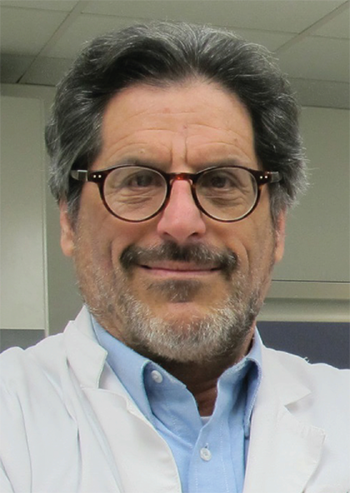
Courtesy of Tonya Limberg
HERSHEL RAFF received his Ph.D. in Environmental Physiology from the Johns Hopkins University in 1981 and did postdoctoral training in Endocrinology at the University of California at San Francisco. He is now a Professor of Medicine (Endocrinology and Molecular Medicine), Surgery, and Physiology in the School of Medicine at the Medical College of Wisconsin. He is Director of the Endocrine Research Laboratory at Aurora St. Lukes Medical Center/Advocate Aurora Research Institute. He teaches physiology and pathophysiology to medical, pharmacy, and graduate students as well as clinical fellows. At the Medical College of Wisconsin, he is the Endocrinology/Reproduction Course Director for second-year medical students. He was an inaugural inductee into the Society of Teaching Scholars, elected as a faculty member to Alpha Omega Alpha (AOA Honor Medical Society), received the Beckman Basic Science Teaching Award from the senior MD class five times, and has been one of the MCWs Outstanding Medical Student Teachers in multiple years. He is also an Adjunct Professor of Biomedical Sciences at Marquette University. Dr. Raffs basic research focuses on the adaptation to stress. His clinical interest focuses on pituitary and adrenal diseases, with a special focus on laboratory tests for the diagnosis of Cushings syndrome. He resides outside Milwaukee with his wife Judy and son Jonathan.
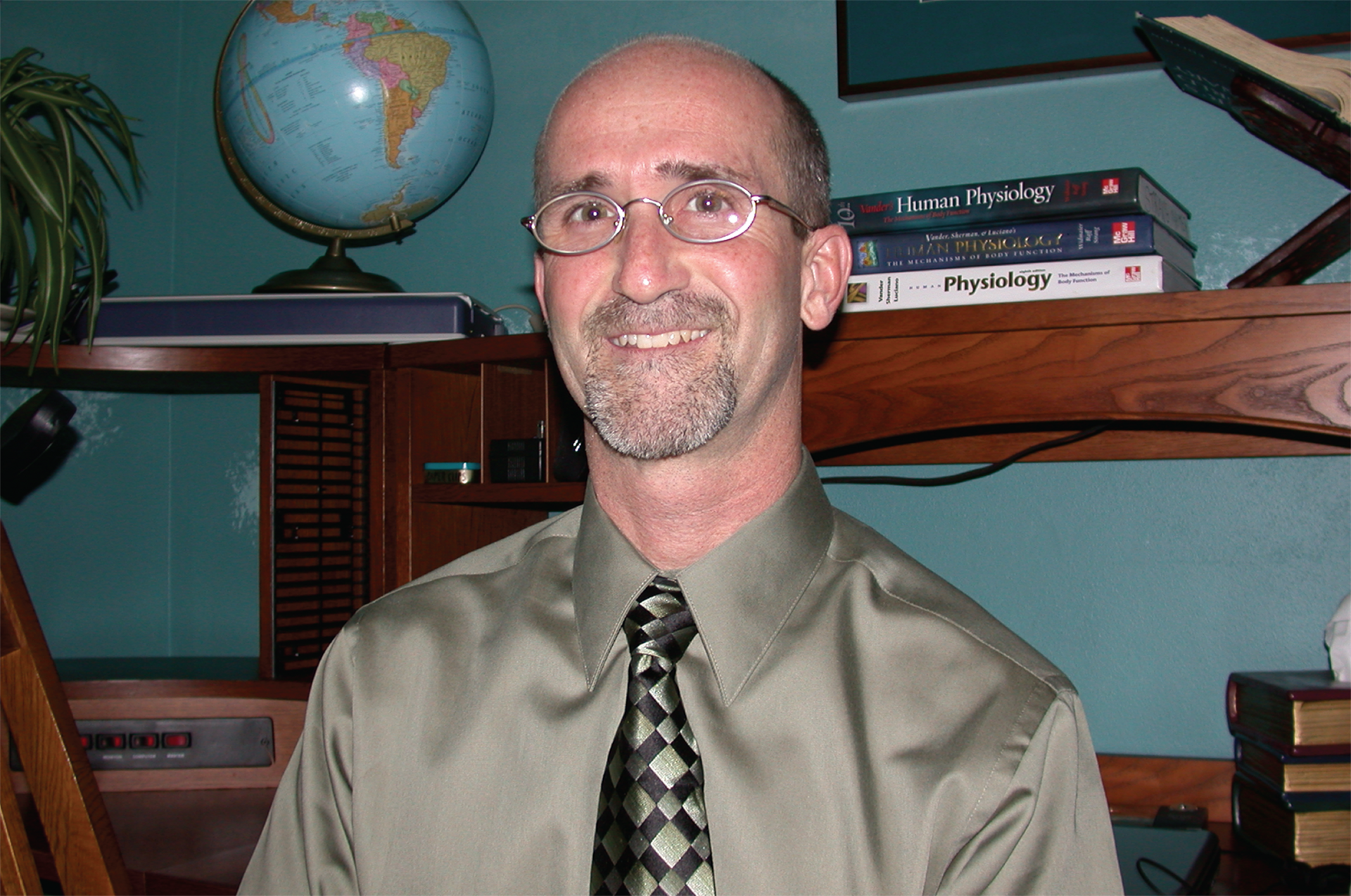
Kevin Strang
KEVIN T. STRANG received both his Masters Degree in Zoology (1988) and his Ph.D. in Physiology (1994) from the University of WisconsinMadison, where he is now an emeritus Distinguished Faculty Associate in the Departments of Neuroscience and Kinesiology. His thesis research focused on cellular mechanisms of contractility modulation in cardiac muscle. For over 30 years he taught a large undergraduate systems physiology course as well as the first-year medical physiology course in the UWMadison School of Medicine and Public Health. He was elected to UWMadisons Teaching Academy and as a Fellow of the Wisconsin Initiative for Science Literacy. He has been a frequent guest speaker at colleges and high schools on the physiology of alcohol consumption. Twice awarded the UW Medical Alumni Associations Distinguished Teaching Award for Basic Sciences, he also received the University of Wisconsin Systems Underkofler/Alliant Energy Excellence in Teaching Award. In 2012 he was featured in The Princeton Review publication The Best 300 Professors. Interested in teaching technology, Dr. Strang has produced numerous physiology animations, some of which were adopted for use with Vanders Human Physiology. He has two adult children, Jake and Amy, and lives in Madison with his wife Sheryl.
TO OUR FAMILIES: MARIA, CAROLINE, AND RICHARD; JUDY AND JONATHAN; SHERYL, JAKE, AND AMY
Page v
From the Authors
Lifeline to success in physiology
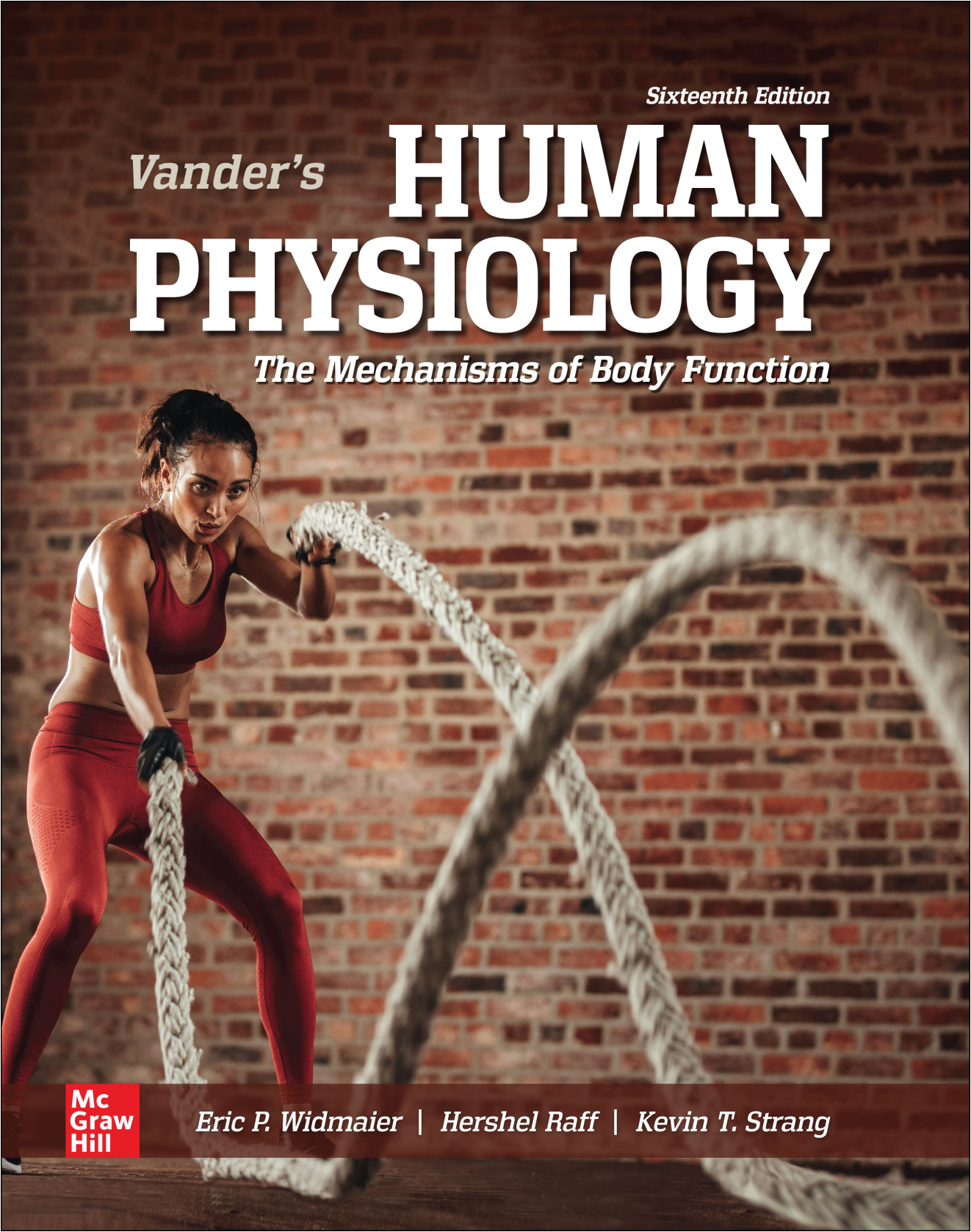
Cover Image: Jacob Lund/Shutterstock
We are pleased to offer an integrated package of textual and digital material to deliver basic and clinical content, real-life applications, and educational technologies to students of physiology. With the sixteenth edition of Vanders Human Physiology, all these pieces come together to facilitate learning and enthusiasm for understanding the mechanisms of body function.
The cover of this edition reflects several areas of focus of the book, including homeostasis, exercise, and human health. These and other areas of interest are elaborated upon, beginning with , where the key General Principles of Physiology, an underlying theme in the book, is first introduced. Unifying themes, such as homeostasis, are explored throughout the book at all levels of system, organ, tissue, and cellular function. As in previous editions, these themes are always related to pathophysiology through the use of compelling clinical case studies in all chapters, and a final chapter with several cases that integrate material across the entire book.

